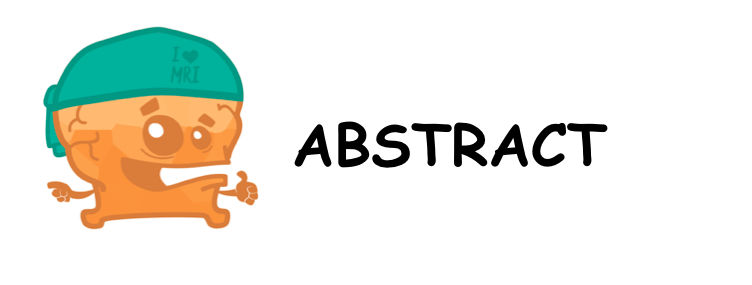Diagnosis of Human Prion Disease Using Real-Time Quaking-Induced Conversion Testing of Olfactory Mucosa and Cerebrospinal Fluid Samples
Question How can diagnosis of Creutzfeldt-Jakob disease be optimized using cerebrospinal fluid and nasal swabbing samples?
Findings In this case-control laboratory analysis, a diagnostic algorithm had 100% sensitivity and 100% specificity for 61 cases of sporadic Creutzfeldt-Jakob disease relative to 71 non–prion disease cases using real-time quaking-induced conversion analysis of cerebrospinal fluid and/or olfactory mucosa samples. The sensitivity for genetic prion diseases was 75%, and gentler nasal swabs worked as well as cytobrushes for olfactory mucosa sampling.
Meaning Real-time quaking-induced conversion testing can provide rapid and accurate intra vitam diagnosis of Creutzfeldt-Jakob disease.
Importance Early and accurate in vivo diagnosis of Creutzfeldt-Jakob disease (CJD) is necessary for quickly distinguishing treatable from untreatable rapidly progressive dementias and for future therapeutic trials. This early diagnosis is becoming possible using the real-time quaking-induced conversion (RT-QuIC) seeding assay, which detects minute amounts of the disease-specific pathologic prion protein in cerebrospinal fluid (CSF) or olfactory mucosa (OM) samples.
Objective To develop an algorithm for accurate and early diagnosis of CJD by using the RT-QuIC assay on CSF samples, OM samples, or both.
Design, Setting, and Participants In this case-control study, samples of CSF and OM were collected from 86 patients with a clinical diagnosis of probable (n?=?51), possible (n?=?24), or suspected (n?=?11) CJD and 104 negative control samples (54 CSF and 50 OM). The CSF and OM samples were analyzed using conventional RT-QuIC. The CSF samples underwent further testing using improved RT-QuIC conditions. In addition, the diagnostic performance of a novel, easy-to-use, gentle flocked swab for sampling of OM was evaluated. Data were collected from January 1 to June 30, 2015.
Main Outcome and Measures Correlations between RT-QuIC results and the final diagnosis of recruited patients.
Results Among the 86 patients (37 men [43%] and 49 women [57%]; mean [SD] age, 65.7 [11.5] years) included for analysis, all 61 patients with sporadic CJD had positive RT-QuIC findings using OM or CSF samples or both for an overall RT-QuIC diagnostic sensitivity of 100% (95% CI, 93%-100%). All patients with a final diagnosis of non–prion disease (71 CSF and 67 OM samples) had negative RT-QuIC findings for 100% specificity (95% CI, 94%-100%). Of 8 symptomatic patients with various mutations causing CJD or Gerstmann-Sträussler-Scheinker syndrome, 6 had positive and 2 had negative RT-QuIC findings for a sensitivity of 75% (95% CI, 36%-96%).
Conclusions and Relevance A proposed diagnostic algorithm for sporadic CJD combines CSF and OM RT-QuIC testing to provide virtually 100% diagnostic sensitivity and specificity in the clinical phase of the disease.
-
EditorialLaboratory Diagnosis of Sporadic Creutzfeldt-Jakob Disease
READ MORE: http://jamanetwork.com/journals/jamaneurology/article-abstract/2591319

